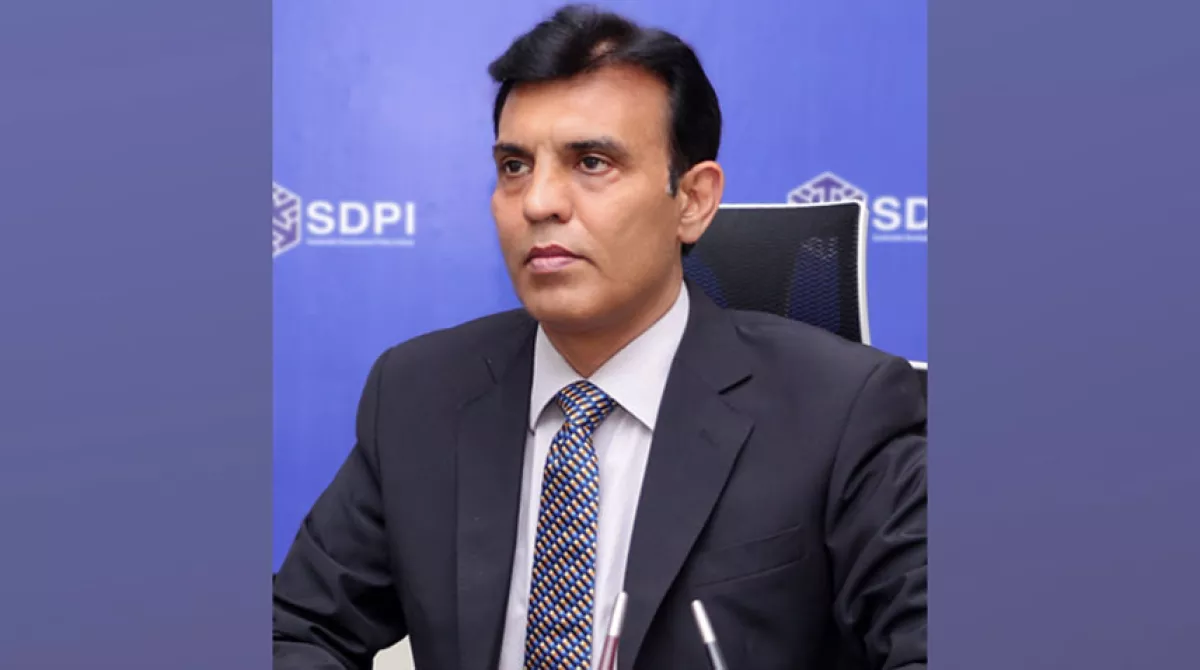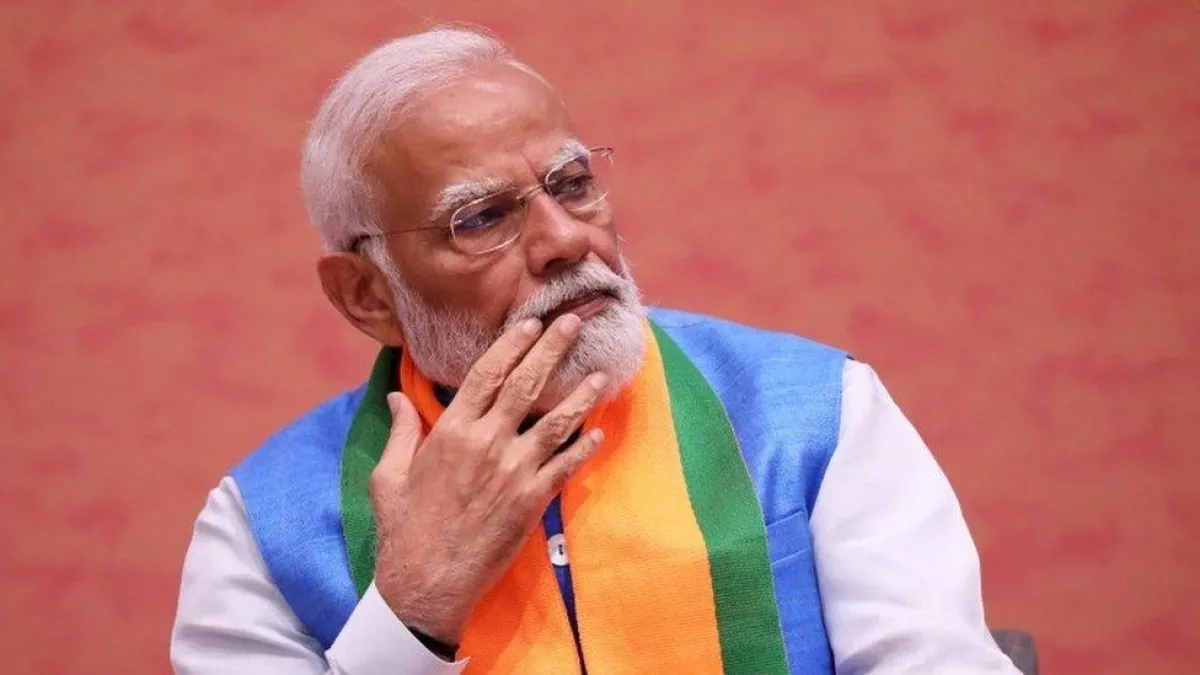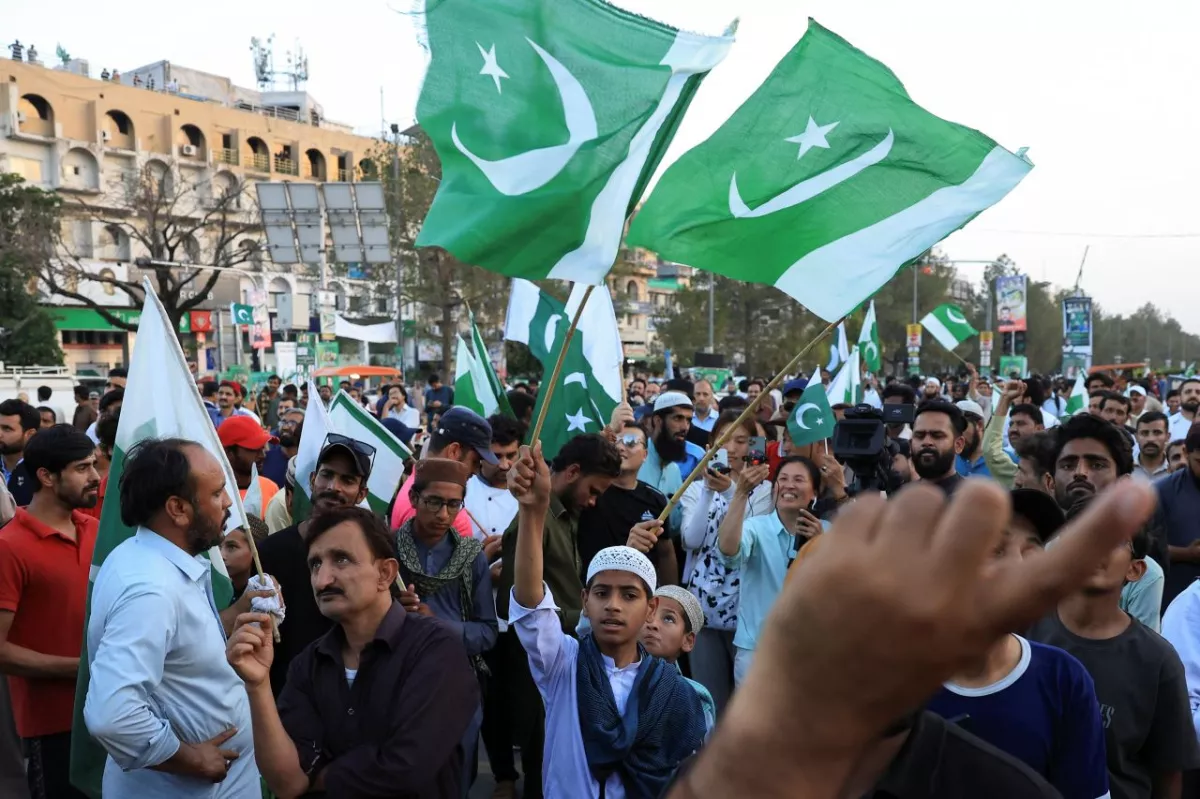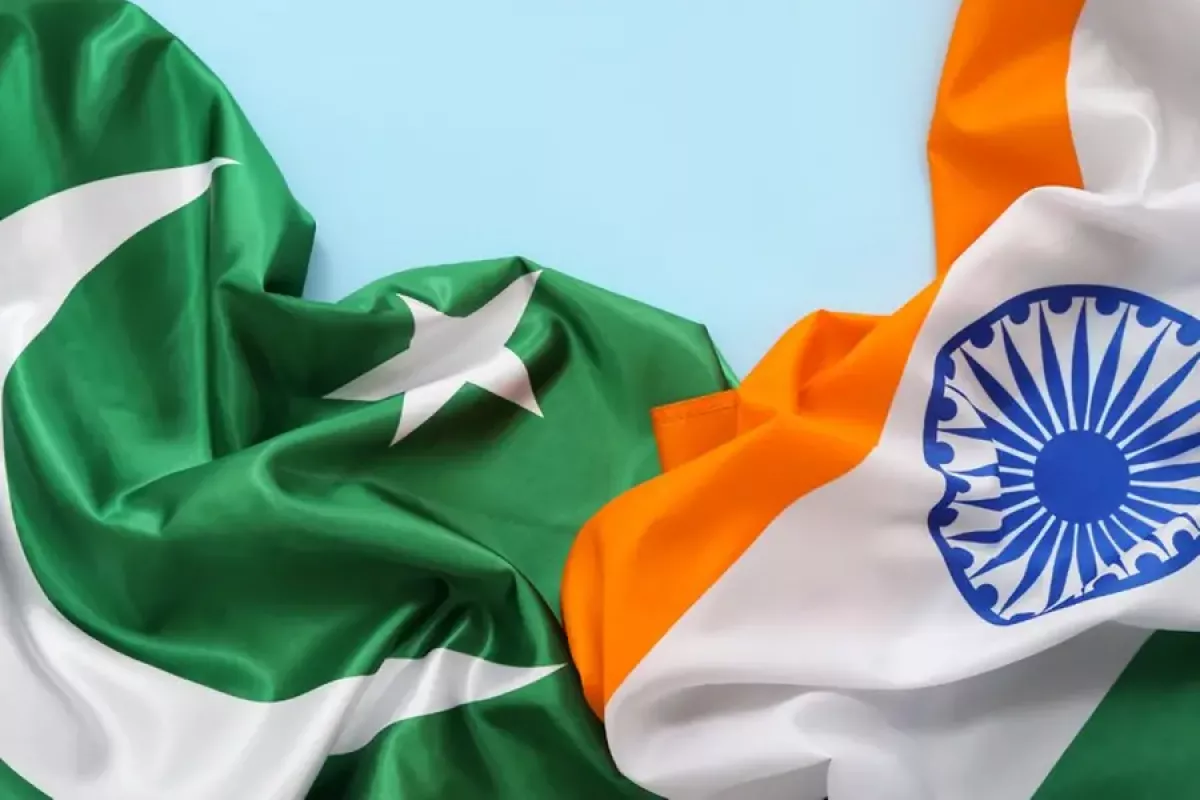Pakistan’s formula for victory: Military readiness, diplomacy, unity Article by The News International / Photo
Pakistani newspaper The News International has published an article by Abid Qaiyum Suleri, focusing on the Indo-Pakistani conflict. Caliber.Az reprints the piece.

"The May 10 ceasefire between India and Pakistan has brought considerable relief to millions across the border after days of unprecedented aerial strikes, drone warfare and cross-border shelling.
Brokered with reluctant but decisive US intervention (supported by key regional and EU players), the truce is a diplomatic win for Islamabad – achieved through a perfect mix of military deterrence, international diplomacy and domestic unity.
Facing a far larger neighbour with superior conventional military strength (ten times the higher defence budget) and economic power (10 times the higher GDP and nearly 42 times the higher foreign exchange reserves), Pakistan played its limited cards skillfully. India’s attempt to block Pakistan’s pending $1.1 billion IMF tranche, on the pretext of ‘military misuse of funds’, was a clear economic squeeze tactic. Such a move, along with the Indian government’s decision to unilaterally hold the Indus Waters treaty in abeyance, threatened to derail macroeconomic stability.
Thanks to Pakistan’s consistent implementation of the IMF programme, it escaped India’s direct attempt at economic strangulation. However, a steadier performance in the IMF programme was not sufficient. Besides suspending critical external financing, a prolonged war imposed on Pakistan could have resulted in the destabilisation of the rupee, capital flight, shattered fragile investor confidence, and disrupted the continuity of remittance flows. That is where Pakistan had to demonstrate its conventional military might to act as a deterrent alongside the nuclear deterrents, where both sides are even.
In this regard, deploying newly inducted J-10C fighter jets proved to be a game-changer. With advanced AESA radars and PL-15 long-range missiles, these jets neutralised India's assumed air superiority post the Rafale fighter jets. The Pakistan Air Force's combat air patrols with J-10Cs and shooting down India’s fighter jets sent a clear signal: Islamabad was prepared for escalation and possessed credible deterrence capabilities.
Pakistan's robust counter-operation (Bunyanum-Marsoos or Iron Wall) in response to India’s attempted missile strikes on its airbases demonstrated its capability and resolve to retaliate effectively. This military response showed India that Pakistan was prepared for sustained conflict, raising the stakes.
These technological leaps forced Indian strategic planners to reassess the costs of further confrontation. The J-10C presence not only balanced the tactical equation but also altered the psychological calculus in Delhi, making the prospect of a prolonged air war far less appealing.
The standoff also exposed the strategic limitations of India’s multilateral bets. The QUAD – intended as India’s Indo-Pacific security cushion – proved diplomatically absent, with the US belatedly opting for bilateral crisis management and Australia and Japan maintaining a conspicuous silence. Similarly, the SCO, where both India and Pakistan sit, remained sidelined, its institutional irrelevance laid bare as the conflict escalated.
For India, this isolation revealed an uncomfortable reality: when bilateral tensions with Pakistan flare, geopolitical alliances offer symbolic weight but limited practical leverage.
Washington’s initial reluctance to mediate stemmed from a desire to avoid entanglement. However, the rapid escalation compelled the White House to act. Ultimately, US diplomatic intervention, via Secretary of State Marco Rubio and facilitated by Gulf interlocutors, culminated in an instant ceasefire.

While Prime Minister Modi is under severe pressure from India’s major opposition parties, especially regarding the visible retreat from India’s position of not ‘internationalising’ the Kashmir issue, the conflict produced an unexpected internal dividend for Pakistan: national unity. In a politically polarised landscape, the crisis acted as a unifying force. Opposition parties, including the PTI, momentarily set aside their differences to present a bipartisan front. This rare cohesion strengthened Pakistan’s internal resilience while also amplifying its credibility on the international stage.
The information war during the standoff was no less intense than the kinetic conflict. Both sides engaged in aggressive narrative battles, but what marked a dangerous new frontier was the disruptive use of misinformation, deepfakes, and AI-generated images even by many of the mainstream Indian media outlets. Viral videos of fabricated clips showing destroyed Pakistani airbases and destruction in Karachi as a result of Indian missiles flooded social media. For Pakistan, countering this onslaught became a critical front. Official channels and Pakistani media successfully debunked fake news and restored factual clarity.

China’s role, though understated publicly, was instrumental. Beyond supplying J-10Cs, Beijing’s quiet diplomatic engagements with Washington, emphasising the risks of unchecked escalation, added weight to Islamabad’s position.
China’s time-tested friendship with Pakistan also served as a subtle deterrent to Indian adventurism, reinforcing that regional power dynamics cannot be unilaterally reshaped.
The ceasefire’s significance extends beyond Pakistan-India dynamics. Gulf economies, deeply interconnected with South Asian labour and trade flows, were keen to avoid prolonged instability. Islamabad’s diplomatic outreach effectively leveraged these shared economic interests, adding another layer of pressure on New Delhi to de-escalate.
As Pakistan prepares for post-ceasefire dialogue, it should treat the Indus Waters Treaty as its red line. Nothing in the treaty talks about unilateral withdrawal or unilateral amendment. With talks of troop reduction at the borders, Pakistan should stick to its legal position that any water aggression by India will be considered an act of war and will be dealt with in a befitting manner. Leveraging international legal forums, rallying support from water-stressed nations, and utilising technological assistance from China for advanced hydro telemetry on three western rivers can amplify Islamabad’s case for equitable water sharing.
While the ceasefire marks a tactical victory for Pakistan, its real value lies in the strategic opportunity it offers, in the words of President Trump, to address the root cause of regional instability: the unresolved Kashmir dispute. Trump has linked peace in the region with the trade of billions of dollars with “two great nations” (India and Pakistan).

Indian Prime Minister Modi, on the other hand – ignoring the realities of the recent conflict and to please his domestic audience – has announced that India will limit the talks with Pakistan to only Azad Jammu & Kashmir (called ‘PoK’ by Modi) and terrorism.
Historically, Pakistan has sought third-party intervention to resolve Kashmir, while India has insisted on bilateral talks under the 1972 Simla Agreement. President Trump’s offer solidifies Pakistan’s stance. However, Pakistan must avoid overreliance on US mediation, given that Trump’s transactional diplomatic goals keep changing (as observed in the case of Ukraine).
While Modi seeks to restrict dialogue to his own agenda, Pakistan should broaden the scope of any talks by raising critical issues such as the water disputes. It must also highlight Indian-sponsored terrorism – not only within Pakistan but also in countries like Canada – and the reported assassination attempts in the US. Pakistan should also make a concerted effort to internationalise the Kashmir issue, framing it as the last unfulfilled promise of the Partition of British India, with clearly defined obligations outlined in UN Security Council resolutions.
With China as a strategic ally and the US having expressed a willingness to play a constructive role in resolving the Kashmir dispute, Pakistan should engage the other three permanent members of the UNSC. The goal should be to move beyond rhetorical expressions of concern and push for developing a concrete roadmap for the just and peaceful resolution of the conflict.
If the international community fails to engage decisively, it risks allowing the Kashmir dispute to once again slide into neglect until the next, perhaps more catastrophic, confrontation. Let’s see if the world will seize this moment to help close the most painful chapter of the Subcontinent’s unfinished history," Abid Qaiyum Suleri writes.
Editor's note: The author of this article, Abid Qaiyum Suleri heads the Sustainable Development Policy Institute (SDPI) and is a member of the advisory board of the Asian Development Bank Institute








